The camera exposure depends on the aperture, ISO, and shutter speed. Mastering these three settings is an essential part of photography. Natural light is uncontrollable when taking photos, so to get around it, you have to adjust the 3 settings mentioned before.
Aperture controls the amount of light that enters the camera; which results in altering the depth of field. With Aperture, the number decreases as the opening in the lens increases. When your closer to the object you photograph, you want your aperture to be lower, and the opposite when the object is farther away. For example, f/2.0 would be used for a shallow depth of field, such as a close up of a bouquet of flowers. Furthermore f/16 would be used for a large depth of field, such as a picture of a mountain in the distance.
Shutter speed, also known as exposure time, controls how long the light is in the lens; which alters the motion blur. In other words, a faster shutter speed means a shortened exposure time, and vise versa. For example, with a slow shutter speed, 2-30+ seconds, you can take a picture of a bear catching a fish without the blur of the falling water. Where as with a fast shutter speed, 1/1000-1/4000 of a second, you can freeze a racecar as it passes the finish line. But if you want your picture to have motion blurs in the background, you’ll set your shutter speed to around 1/2-1/30 of a second. Something to keep in mind with shutter speed, is that if you have the setting at anything less than 1/60 of a second, the camera needs to be on a tripod. This is because your hands shake no matter what; which shows in the picture.
And finally, ISO controls the sensitivity of your camera’s sensor to a given amount of light; which affects the image noise. Unlike aperture and Shutter speed, a low ISO is mostly desired. The reason behind this, is that the higher the ISO, the more image noise is present in the final picture. Due to this, when the desired aperture and shutter speed aren’t obtainable, you would raise the ISO from its minimum value. The most common ISO speeds include 100, 200, 400, and 800.
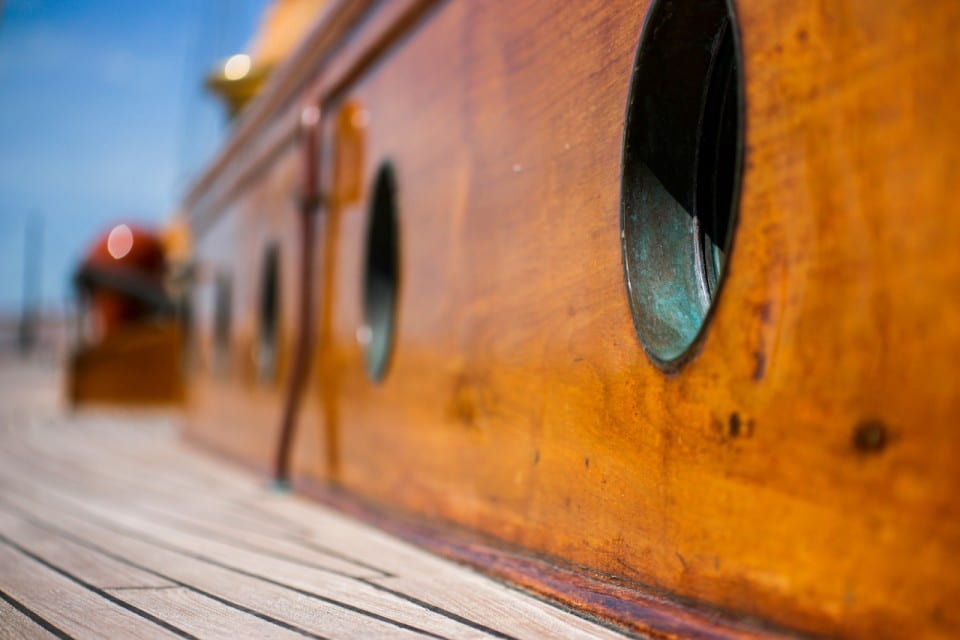
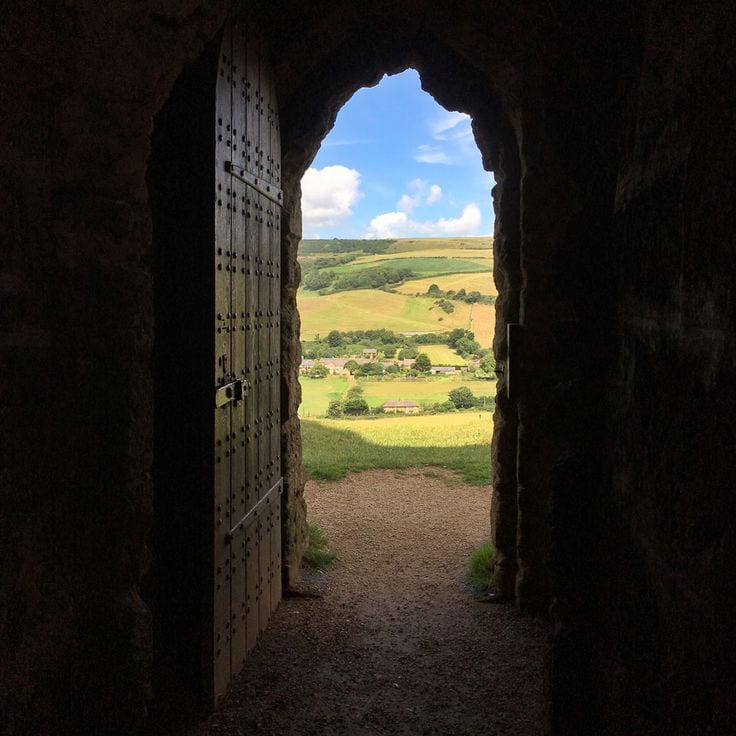
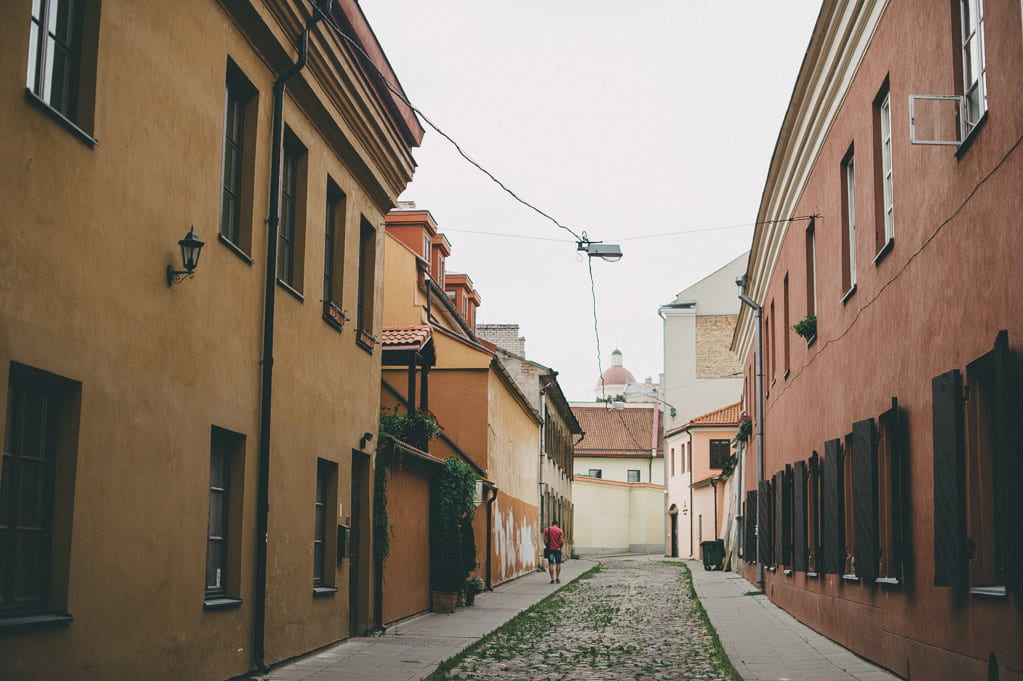

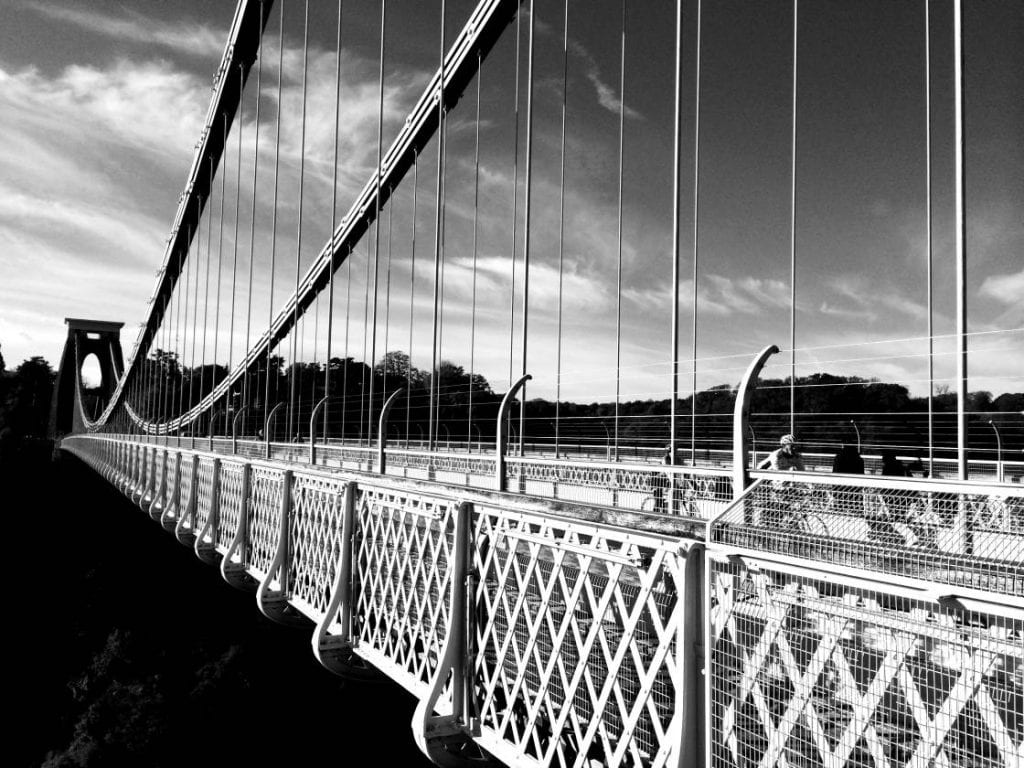




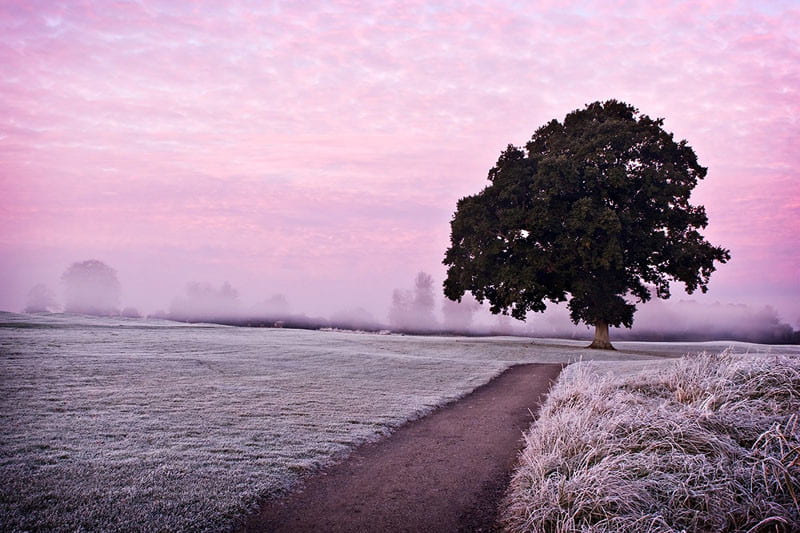

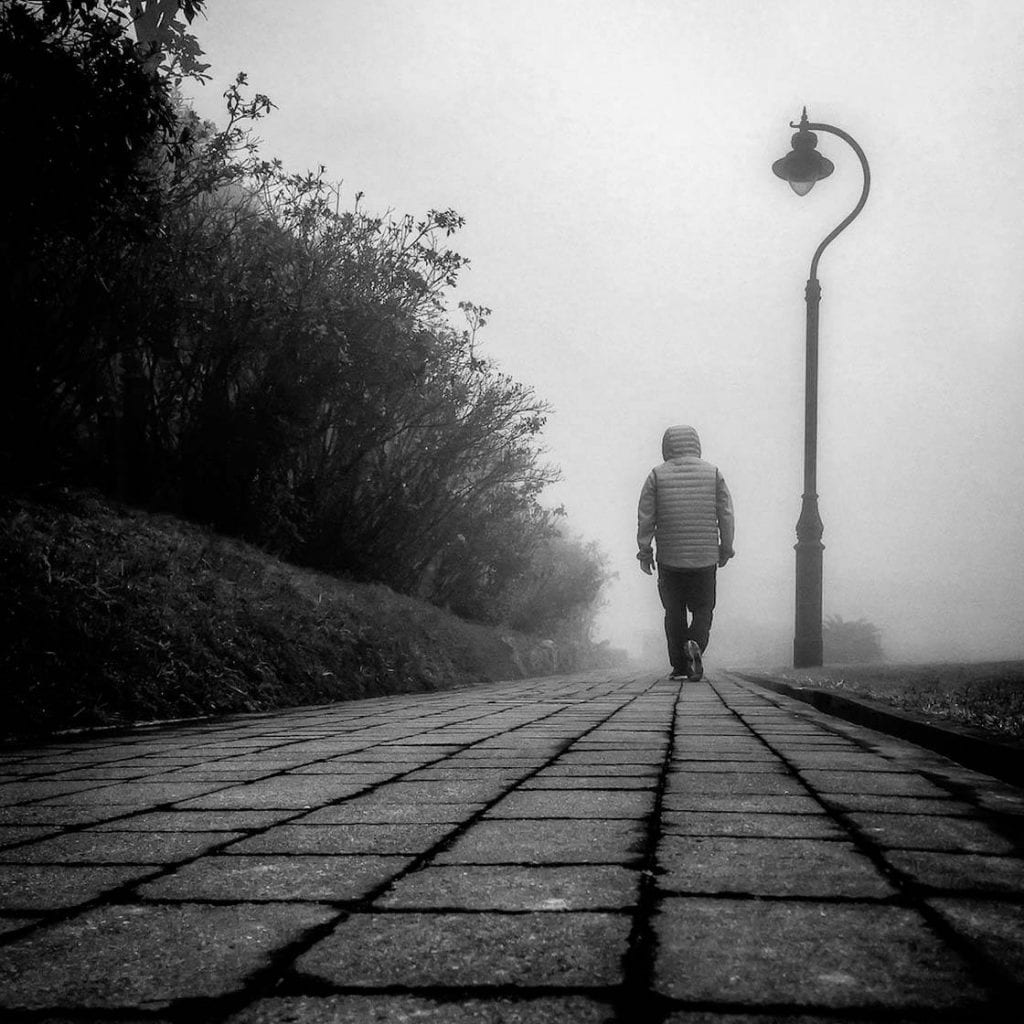
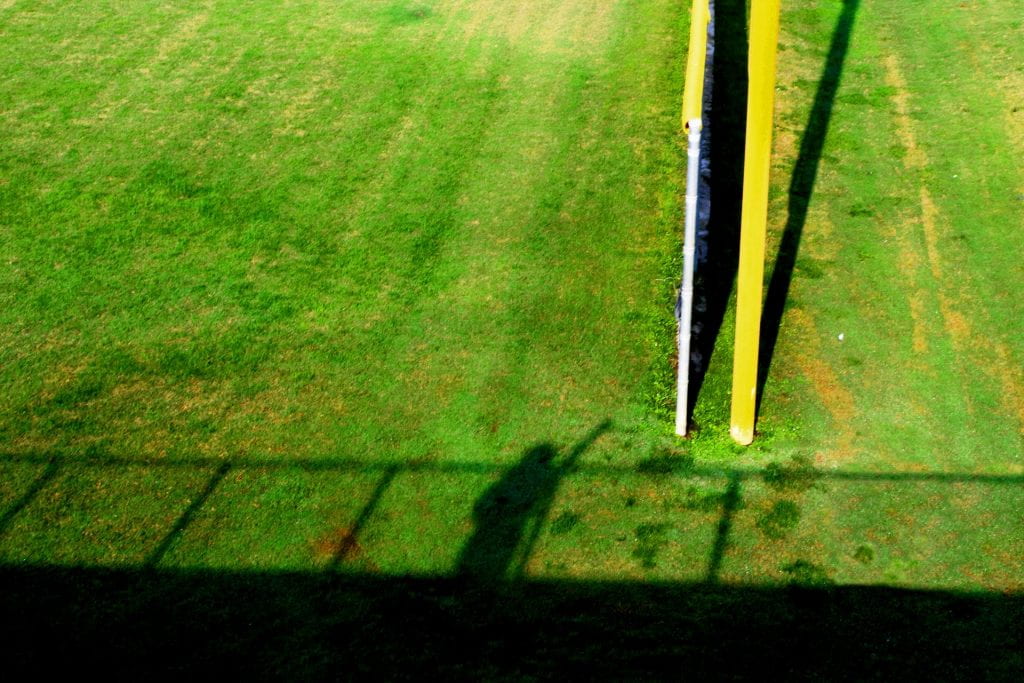
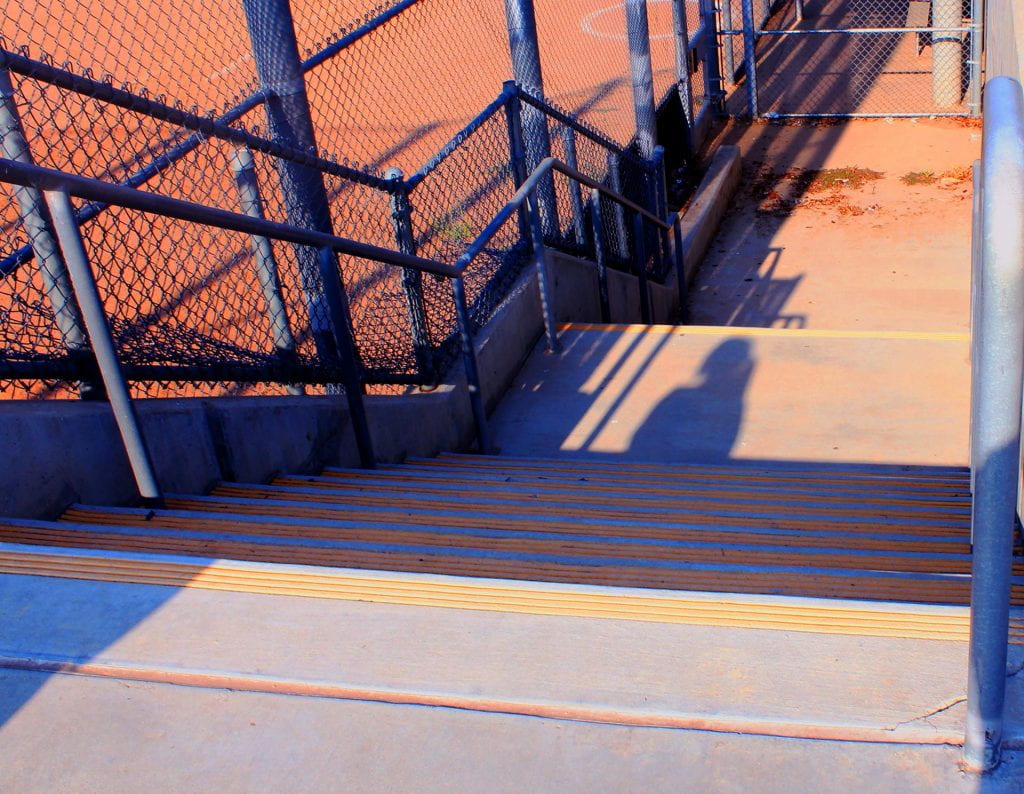
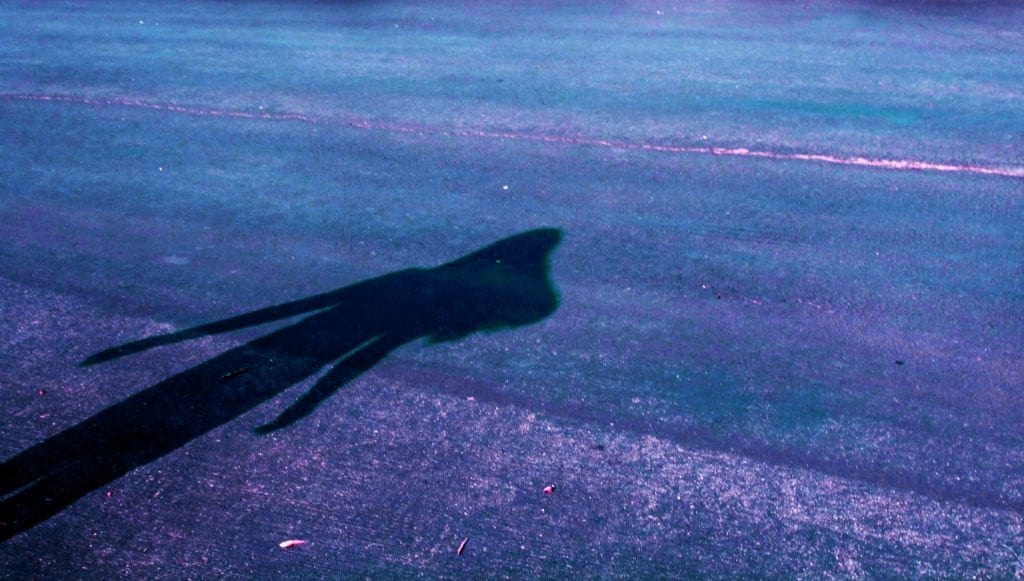

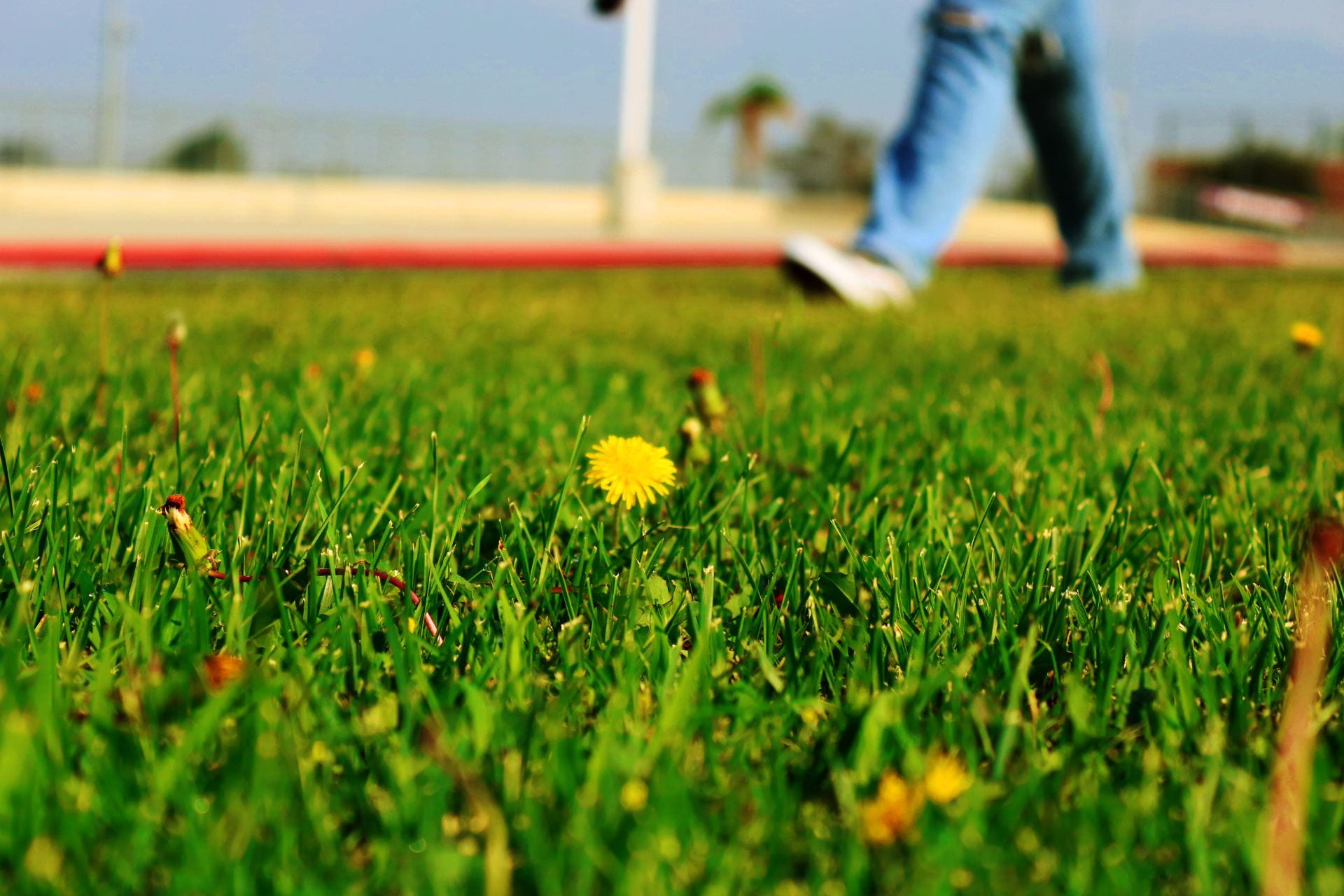
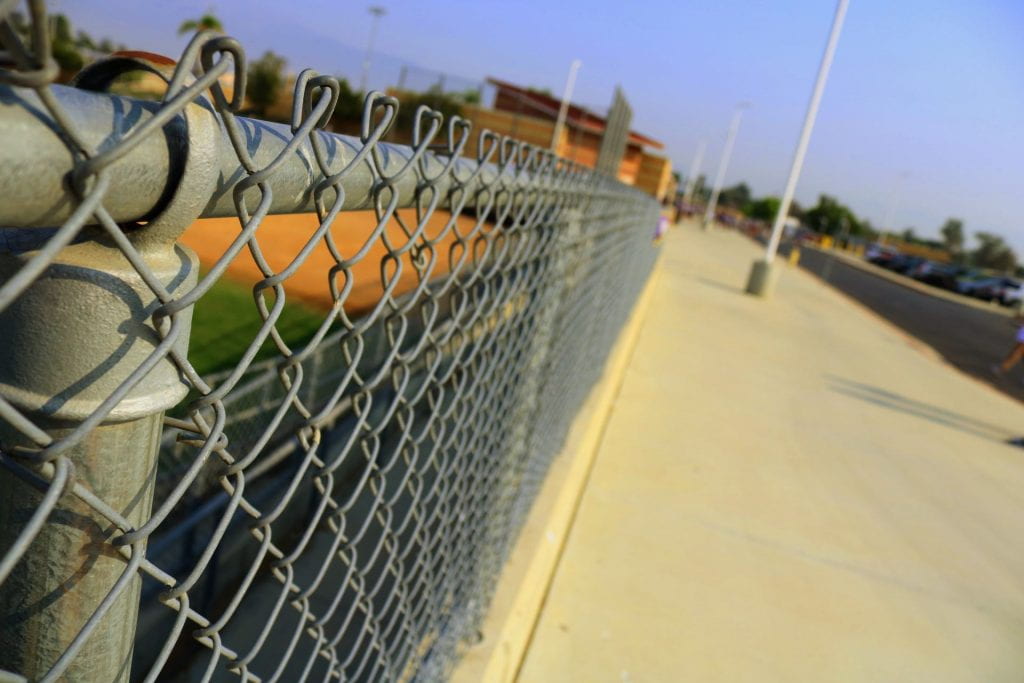
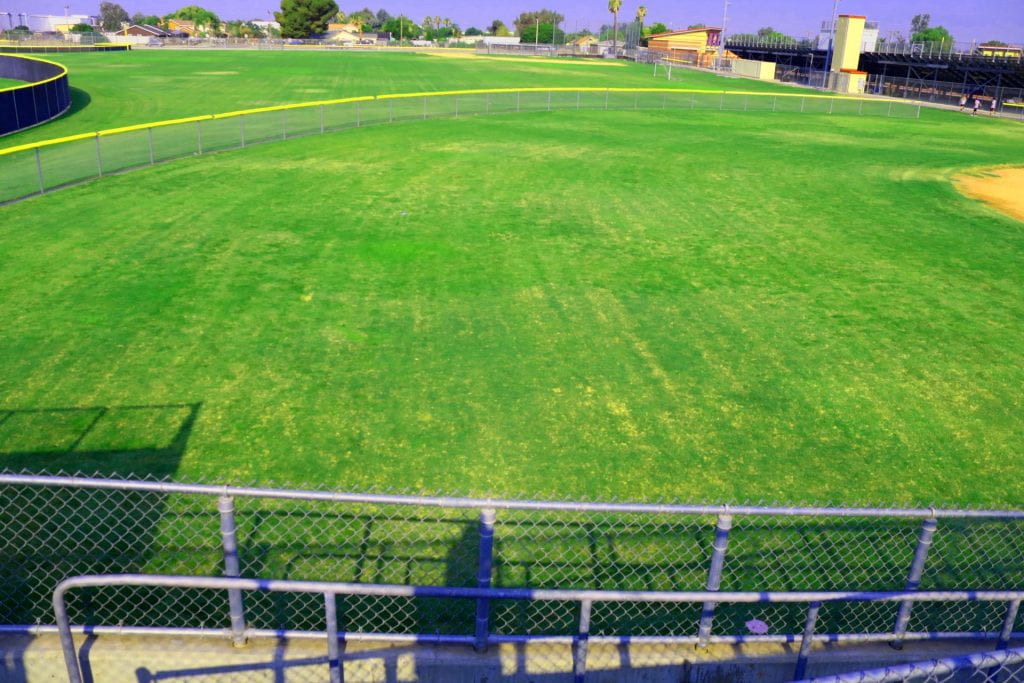
/__opt__aboutcom__coeus__resources__content_migration__brides__proteus__5c40fd368b27912d65776fbf__169-def134e374394adaa7b6e2f3cbcdac37.jpeg)